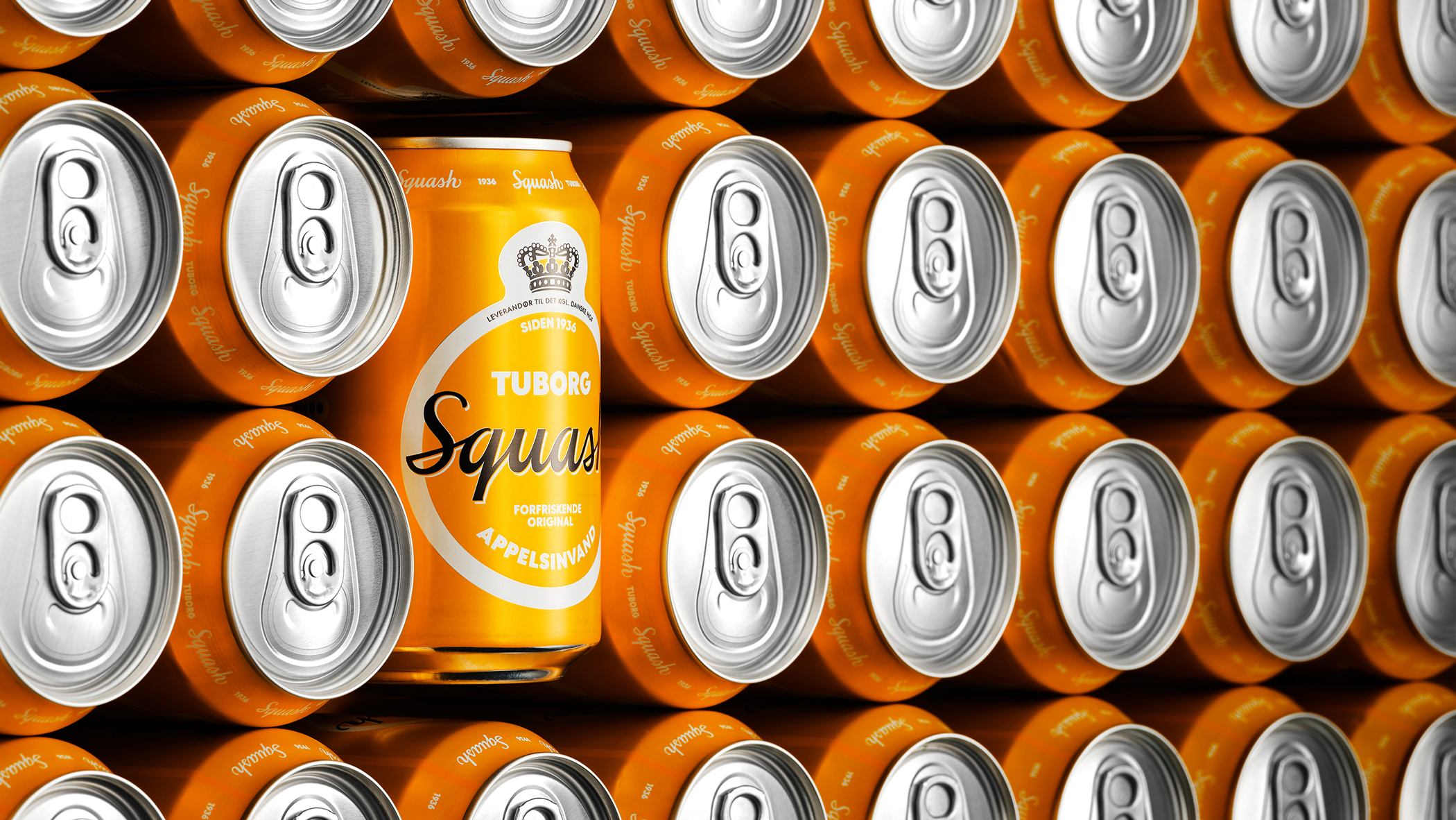
Distinct or Different From the Competition?
Every brand wants to be popular and memorable. But how do you stick in the consumers’ minds and get their hearts ticking? Is it by being distinct or different?
Seriously, What is the Difference?
Being different or distinct might appear similar, but they aren’t. Different means “partly or totally unlike”. Different is like that one-of-a-kind juice made from an exotic fruit, sustainably harvested in the deep forest of Venezuela, where no man has ever ventured until now. It’s the product that offers something your competitors can’t or don’t.
On the other hand, distinct means recognisable. A distinct juice brand might offer the same as the others, but they do it on their terms. They might talk about their juice humorously and self-ironically, taking the juice seriously, but not necessarily themselves. They stand out in the way they look and/or communicate.
And here’s the kicker: distinctiveness often comes to show on a brand level, while differentiation springs from the product.
So, Is It One or the Other?
For large companies, and a mature market, it often makes the most sense to hunt distinctiveness. Make it easy for consumers to remember you. On the other hand, smaller companies can use differentiation as a way to enter, grow and mature the market.
Only pick what you can back up! You should only build a differentiated brand if you are truly differentiated at product level. Otherwise, it’s lipstick on a pig. If your product isn’t truly differentiated, e.g. you’re in a competitive mass market, focus on your distinction. It will give your brand a seat in the consumers’ consideration phase. And although that’s not a clear-cut instant sale, it’s a solid start.
As the market evolves, you need to revisit your distinctiveness. Consumer expectations evolve, so what was previously distinct is no longer memorable or unique in the market. To ensure your brand is relevant, you must monitor your context and manage your position in the market. And rather a little all the time than a major overhaul every odd year when you’ve fallen out of fancy.

Set Your Distinction Free!
All brands should have an edge. Whether your brand’s edge should be different or distinct requires a deep understanding of your category, consumer, culture, and company (the 4Cs). And no matter what, it needs to be true to your brand, and you need to own it 120 %, leaving no room for competitors to swoop in and steal the thunder you have been working hard to muster.
The true distinction stems from an authentic, confident, unique brand ambition and attitude. Let it be known: You will never be category lead if you copy others! Instead, being distinct means, you take the lead on what you want people to remember about your brand. It’s not just what you say or how you look; it’s how you act and where you show up.
Consumers won’t remember all the information you throw at them. So, boil your brand down to its most essential and distinct message. Your brand essence. And then boost it. Clarify and amplify!
We did that for Tuborg Squash. Since 1936, this orange soda has been a favourite among Danes but has lost its distinctiveness over time. To rejuvenate the icon, we boiled down the brand design to its most distinctive elements, simplifying the message, so it was crystal clear. This allowed us to amplify the communication to truly pop on the shelves and make people recognise and remember the brand.
Now, it is your turn. Clarify your brand strategy and amplify your brand elements, logo, colours, typeface, illustration, and fifth element. Use your tools to stand out from the crowd and win over consumers. Define and refine your product and unleash it on the world through distinctive branding. And be confident. It’s the only way to be distinct and win over the consumers’ emotional minds and ever-changing hearts.